Home>Home Appliances>Kitchen Appliances>What Pans To Use On A Glass Top Stove
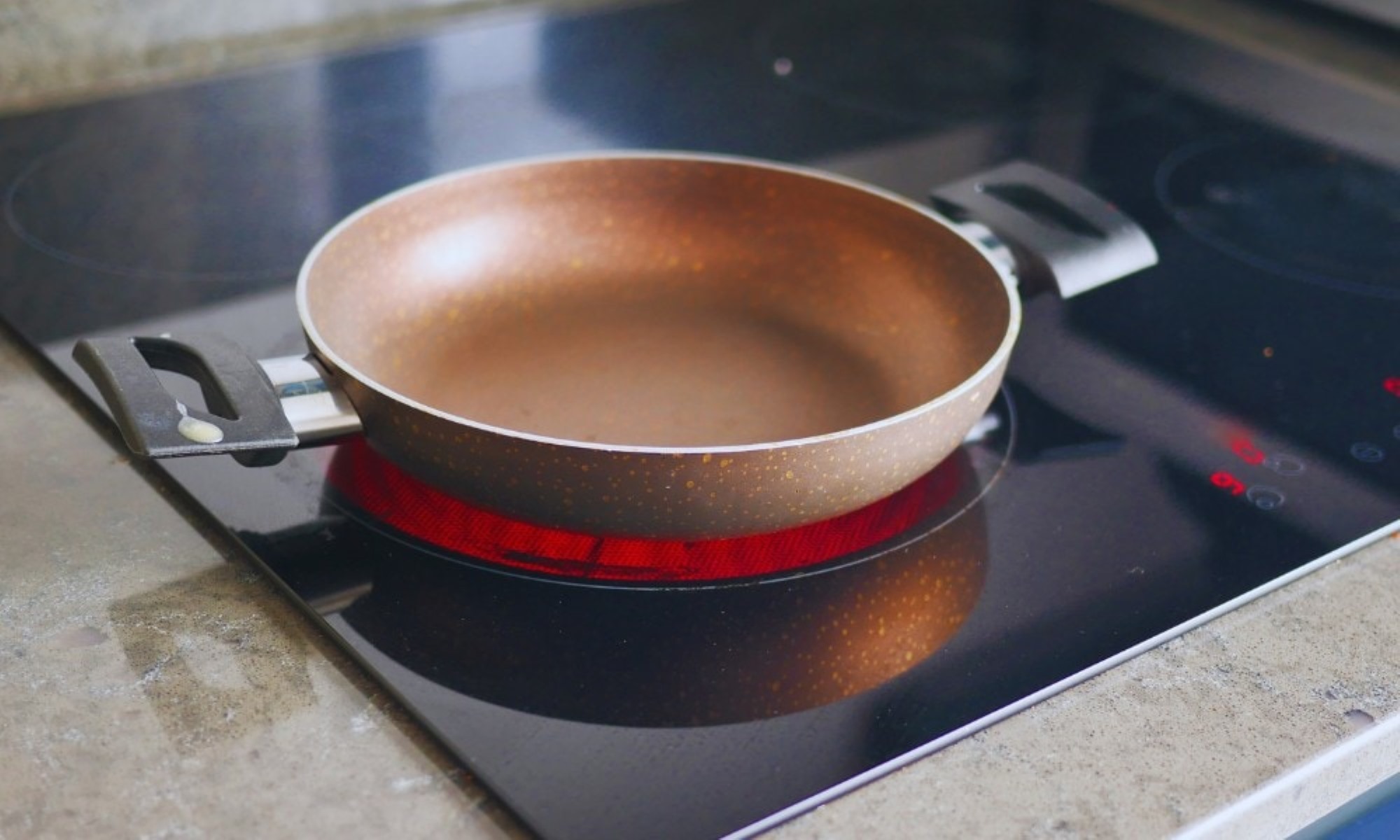

Kitchen Appliances
What Pans To Use On A Glass Top Stove
Modified: February 18, 2024
Discover the best pans for your glass top stove in our comprehensive guide. Find the perfect kitchen appliances for your cooking needs.
(Many of the links in this article redirect to a specific reviewed product. Your purchase of these products through affiliate links helps to generate commission for Storables.com, at no extra cost. Learn more)
Introduction
Cooking on a glass top stove can be a delightful experience, offering a sleek and modern cooking surface that enhances the aesthetic appeal of any kitchen. However, to ensure optimal performance and safety, it's crucial to use the right pans on a glass top stove. The choice of cookware plays a pivotal role in preserving the longevity of the glass surface and achieving efficient heat conduction for cooking various dishes.
Understanding the types of pans suitable for glass top stoves, as well as the best materials for these pans, is essential for home cooks and culinary enthusiasts alike. By selecting the appropriate cookware, you can elevate your cooking experience while safeguarding the integrity of your glass top stove.
In this comprehensive guide, we will explore the various types of pans that are suitable for glass top stoves, delve into the best materials for these pans, and provide valuable tips for using pans on glass top stoves. Additionally, we will highlight the pans to avoid on glass top stoves, empowering you to make informed decisions when selecting cookware for your culinary endeavors.
Let's embark on this enlightening journey to discover the ideal pans for your glass top stove, ensuring that you can cook with confidence and precision while maintaining the pristine condition of your cooking surface.
Key Takeaways:
- Choose flat-bottomed pans like stainless steel, cast iron, and anodized aluminum for your glass top stove. They conduct heat efficiently and prevent scratches, enhancing your cooking experience.
- Handle pans with care, avoid sliding, and use appropriate cookware to maintain your glass top stove. Follow these tips for a seamless and enjoyable cooking experience.
Types of Pans Suitable for Glass Top Stove
When it comes to selecting pans for a glass top stove, certain types of cookware are better suited for this specific cooking surface. The ideal pans for glass top stoves are those with flat, smooth bottoms that can provide even heat distribution and prevent scratches or damage to the glass surface. Here are the types of pans that are most suitable for glass top stoves:
-
Flat-Bottomed Pans: Pans with flat and smooth bottoms are highly recommended for glass top stoves. The even surface of these pans ensures maximum contact with the glass, facilitating efficient heat transfer and preventing hot spots during cooking.
-
Stainless Steel Pans: Stainless steel pans are a popular choice for glass top stoves due to their durability and compatibility with this type of cooktop. They are resistant to warping and can distribute heat evenly, making them versatile for various cooking techniques.
-
Cast Iron Pans: Cast iron pans are well-suited for glass top stoves, as they can maintain and evenly distribute heat, allowing for consistent cooking results. However, it's important to ensure that the bottom of the cast iron pan is smooth to prevent potential scratches on the glass surface.
-
Anodized Aluminum Pans: Pans made from anodized aluminum are also suitable for glass top stoves. The anodization process enhances the durability of the aluminum, making these pans resistant to scratches and corrosion. Additionally, they conduct heat efficiently, contributing to uniform cooking.
-
Copper-Bottomed Pans: Cookware with copper bottoms can be used on glass top stoves, as the copper layer facilitates rapid and uniform heat conduction. However, it's essential to ensure that the copper bottom is encapsulated to prevent direct contact with the glass surface.
-
Glass and Ceramic Pans: Glass and ceramic pans specifically designed for stovetop use are compatible with glass top stoves. These pans offer a smooth and flat cooking surface, ensuring that they won't scratch or damage the glass cooktop while providing excellent heat distribution.
By choosing pans from these categories, you can optimize your cooking experience on a glass top stove while safeguarding the integrity of the cooking surface. These pans are designed to deliver exceptional heat conduction and durability, making them ideal companions for your culinary pursuits on a glass top stove.
Best Materials for Pans on Glass Top Stove
Selecting the best materials for pans on a glass top stove is paramount to ensuring optimal cooking performance and preserving the pristine condition of the cooktop surface. The choice of materials significantly influences heat conduction, durability, and compatibility with glass top stoves. Here are the best materials for pans that are well-suited for glass top stoves:
Stainless Steel:
Stainless steel is a top choice for glass top stove pans due to its exceptional durability, resistance to corrosion, and compatibility with this type of cooktop. Pans made from high-quality stainless steel offer excellent heat conduction, allowing for even cooking and consistent results. Additionally, stainless steel pans are easy to maintain and clean, making them a practical and reliable option for glass top stove cooking.
Anodized Aluminum:
Pans crafted from anodized aluminum are another excellent choice for glass top stoves. The anodization process enhances the durability and scratch resistance of aluminum, making it an ideal material for cookware. Anodized aluminum pans conduct heat efficiently, ensuring that the cooking surface of the glass top stove receives uniform heat distribution for precise cooking outcomes.
Cast Iron:
Cast iron pans are renowned for their exceptional heat retention and even heat distribution, making them well-suited for glass top stoves. When properly seasoned and maintained, cast iron pans can provide outstanding cooking performance while safeguarding the glass surface from scratches. It's important to ensure that the bottom of the cast iron pan is smooth to prevent any potential damage to the glass top stove.
Copper:
Pans with copper bottoms are favored for their superior heat conduction properties, which contribute to precise temperature control during cooking. The copper layer in these pans facilitates rapid and uniform heat distribution, allowing for efficient cooking on glass top stoves. However, it's essential to ensure that the copper bottom is encapsulated to prevent direct contact with the glass surface.
Glass and Ceramic:
Glass and ceramic pans specifically designed for stovetop use are crafted from materials that are compatible with glass top stoves. These pans offer a smooth and flat cooking surface, ensuring that they won't scratch or damage the glass cooktop while providing excellent heat distribution. The non-reactive nature of glass and ceramic materials makes them suitable for a wide range of cooking applications on glass top stoves.
By choosing pans crafted from these high-quality materials, you can elevate your cooking experience on a glass top stove while maintaining the integrity of the cooking surface. These materials are engineered to deliver exceptional heat conduction, durability, and compatibility, making them the best choices for pans on glass top stoves.
Pans to Avoid on Glass Top Stove
When using a glass top stove, it's essential to be mindful of the types of pans that are not suitable for this specific cooking surface. Certain cookware materials and designs can pose potential risks to the glass top stove, ranging from scratches and damage to inefficient heat conduction. To ensure the longevity and optimal performance of your glass top stove, it's advisable to avoid the following types of pans:
-
Rough-Bottomed Pans: Pans with rough or uneven bottoms, such as those with exposed rivets or rough edges, should be avoided on glass top stoves. These irregular surfaces can scratch and damage the glass cooktop, compromising its visual appeal and potentially affecting its functionality.
-
Traditional Cast Iron Pans: While seasoned and well-maintained cast iron pans are suitable for glass top stoves, traditional cast iron pans with rough or unfinished bottoms can pose a risk to the glass surface. It's crucial to ensure that the bottom of the cast iron pan is smooth and free from any rough textures that could potentially scratch the glass top stove.
-
Unsuitable Materials: Cookware made from materials that are not compatible with glass top stoves, such as uncoated aluminum or copper pans without proper encapsulation, should be avoided. These materials can lead to uneven heat distribution, potential damage to the glass surface, and safety hazards during cooking.
-
Stoneware and Granite Cookware: Pans crafted from stoneware or granite materials are not recommended for use on glass top stoves. The rough and abrasive nature of these materials can scratch and mar the glass surface, detracting from the sleek appearance of the cooktop and compromising its functionality.
-
Non-Flat Bottomed Pans: Pans with warped or non-flat bottoms should be avoided, as they can impede proper heat conduction and create hot spots on the glass top stove. It's essential to ensure that the pans used on a glass top stove have flat and smooth bottoms to facilitate even heat distribution and prevent potential damage.
By being mindful of the types of pans to avoid on a glass top stove, you can safeguard the integrity of the cooking surface and maintain its pristine condition. Choosing cookware that is specifically designed for use on glass top stoves and adhering to the recommended pan types and materials will contribute to a seamless and enjoyable cooking experience while preserving the visual appeal and functionality of your glass top stove.
Read more: What Are Glass Top Stove Burners Made Of
Tips for Using Pans on Glass Top Stove
-
Handle with Care: When placing pans on a glass top stove, handle them with care to prevent dragging or sliding, which could potentially scratch the surface. Lift the pans gently and place them onto the cooking zone without applying excessive force.
-
Avoid Sliding Pans: Refrain from sliding pans across the glass surface, as this action can lead to scratches or abrasions. Instead, lift the pans when repositioning them on the cooktop to maintain the integrity of the glass.
-
Proper Cleaning: After cooking, ensure that the bottom of the pans is clean and free from food particles or residue. Any debris left on the pan's surface can potentially scratch the glass top stove when the pan is used again.
-
Avoid Dropping Pans: Be cautious when handling pans near the glass top stove to prevent accidental dropping. Impact from a falling pan can cause damage to the glass surface, compromising its functionality and visual appeal.
-
Use Appropriate Cookware: Select pans that are specifically designed for use on glass top stoves, ensuring that they have flat, smooth bottoms and are made from compatible materials. This proactive approach can prevent potential damage and promote efficient heat conduction.
-
Mindful Heating: When heating pans on a glass top stove, avoid using excessively high heat settings. Gradually increase the heat to the desired level to prevent thermal shock to the glass surface, which could occur when a cold pan is exposed to sudden high heat.
-
Proper Lifting: When removing pans from the glass top stove, lift them straight up to avoid any unnecessary friction or contact with the cooktop. This practice minimizes the risk of inadvertently scratching or damaging the glass surface.
-
Use Recommended Cleaning Products: When cleaning the glass top stove, utilize cleaning products that are specifically formulated for this type of cooktop. Avoid abrasive cleaners or rough cleaning pads that could potentially scratch the glass surface.
-
Regular Maintenance: Engage in regular maintenance of the glass top stove, including gentle cleaning and inspection for any signs of wear or damage. By addressing any issues promptly, you can prolong the lifespan of the cooktop and ensure its continued performance.
-
Monitor Cookware Stability: During cooking, ensure that the pans are stable and securely positioned on the glass top stove. This precaution can prevent accidental movement or tipping of the pans, minimizing the risk of surface damage.
By adhering to these tips for using pans on a glass top stove, you can maintain the pristine condition of the cooktop while enjoying the benefits of efficient and reliable cooking. These simple yet effective practices contribute to a seamless and enjoyable culinary experience on a glass top stove, ensuring that both the cookware and the cooking surface remain in optimal condition.
Conclusion
In conclusion, the selection of appropriate pans for a glass top stove is a critical consideration for home cooks and culinary enthusiasts. By understanding the types of pans suitable for glass top stoves, the best materials for these pans, and the pans to avoid, individuals can make informed decisions to enhance their cooking experience while preserving the integrity of the glass surface.
Choosing flat-bottomed pans, such as stainless steel, cast iron, anodized aluminum, copper-bottomed, and glass or ceramic pans, ensures optimal heat conduction and minimizes the risk of scratches or damage to the glass top stove. These pans offer versatility and reliability, catering to a wide range of cooking techniques while maintaining compatibility with the glass surface.
The best materials for pans on glass top stoves, including stainless steel, anodized aluminum, cast iron, copper, and glass or ceramic, provide exceptional durability, heat conduction, and compatibility. These materials are engineered to deliver consistent cooking results and longevity, making them the ideal choices for glass top stove cookware.
Conversely, it is essential to avoid rough-bottomed pans, traditional cast iron pans with rough surfaces, unsuitable materials, stoneware, granite cookware, and non-flat bottomed pans to safeguard the glass top stove from potential damage and maintain its pristine condition. By being mindful of the types of pans to avoid, individuals can prolong the lifespan of their glass top stove and optimize its performance.
Furthermore, adhering to practical tips for using pans on a glass top stove, such as handling pans with care, avoiding sliding, proper cleaning, and mindful heating, contributes to a seamless and enjoyable cooking experience while preserving the visual appeal and functionality of the glass surface.
In essence, the careful selection of pans and adherence to recommended practices for using cookware on a glass top stove are essential for maintaining the longevity and performance of this modern cooking surface. By incorporating these insights into their culinary endeavors, individuals can elevate their cooking experience while ensuring the pristine condition of their glass top stove for years to come.
Frequently Asked Questions about What Pans To Use On A Glass Top Stove
Was this page helpful?
At Storables.com, we guarantee accurate and reliable information. Our content, validated by Expert Board Contributors, is crafted following stringent Editorial Policies. We're committed to providing you with well-researched, expert-backed insights for all your informational needs.
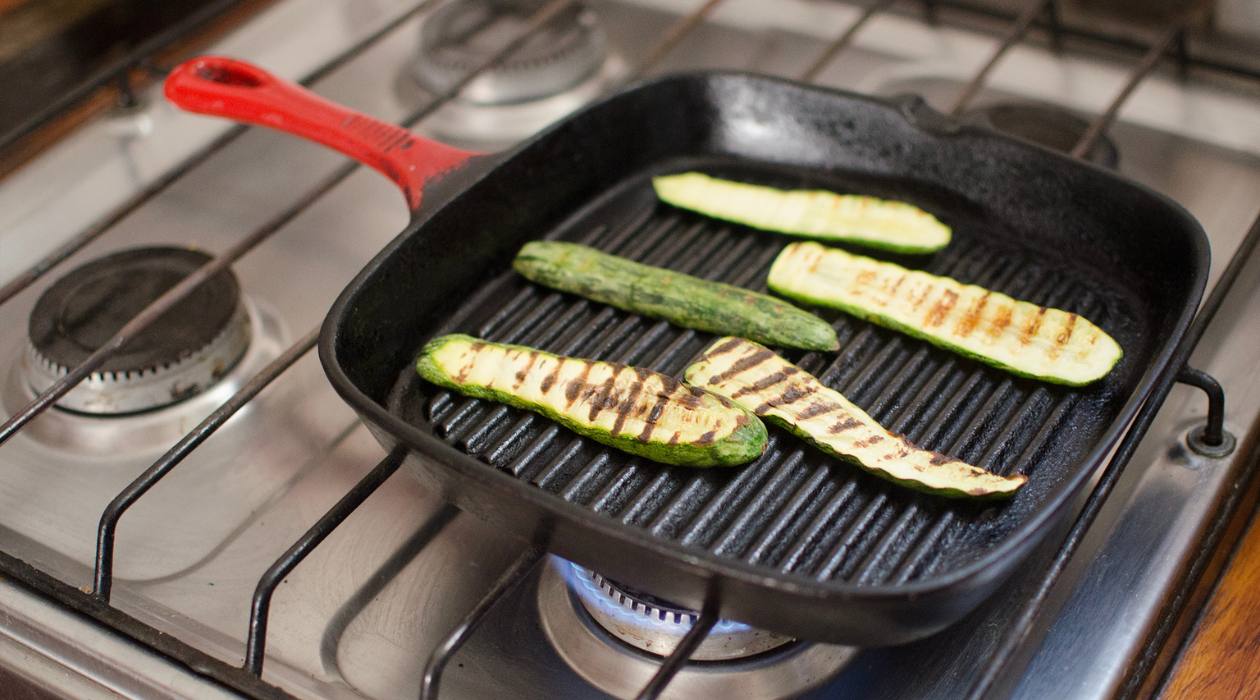
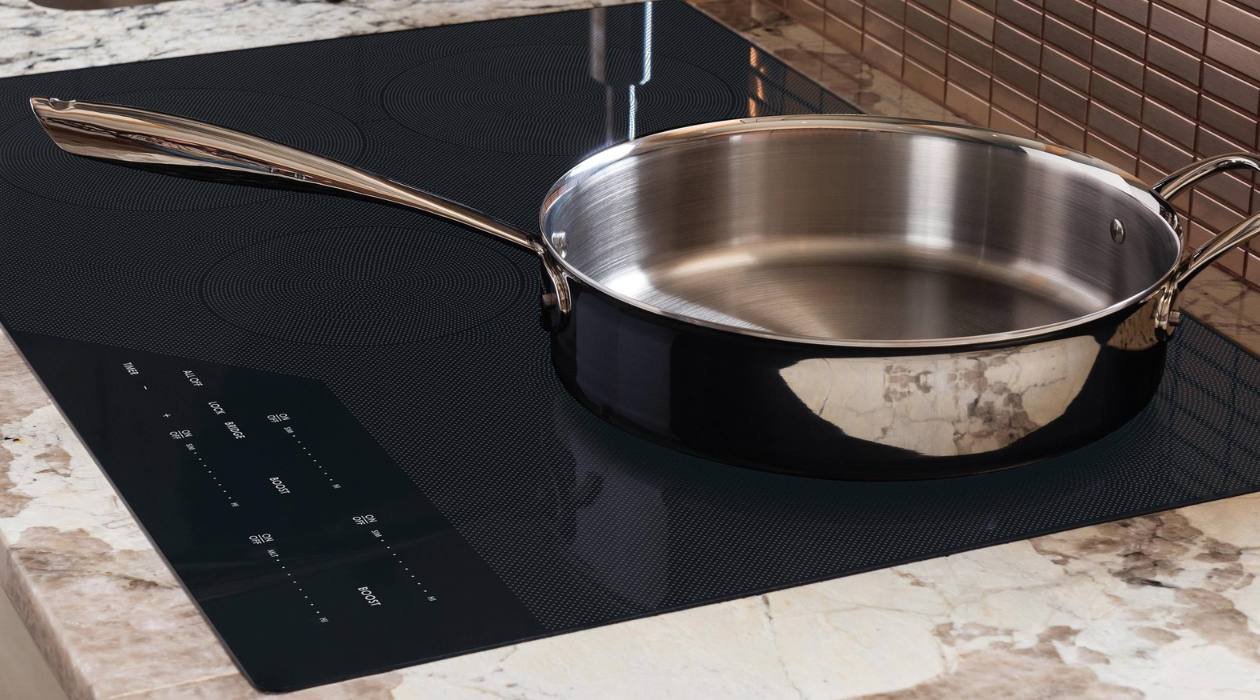
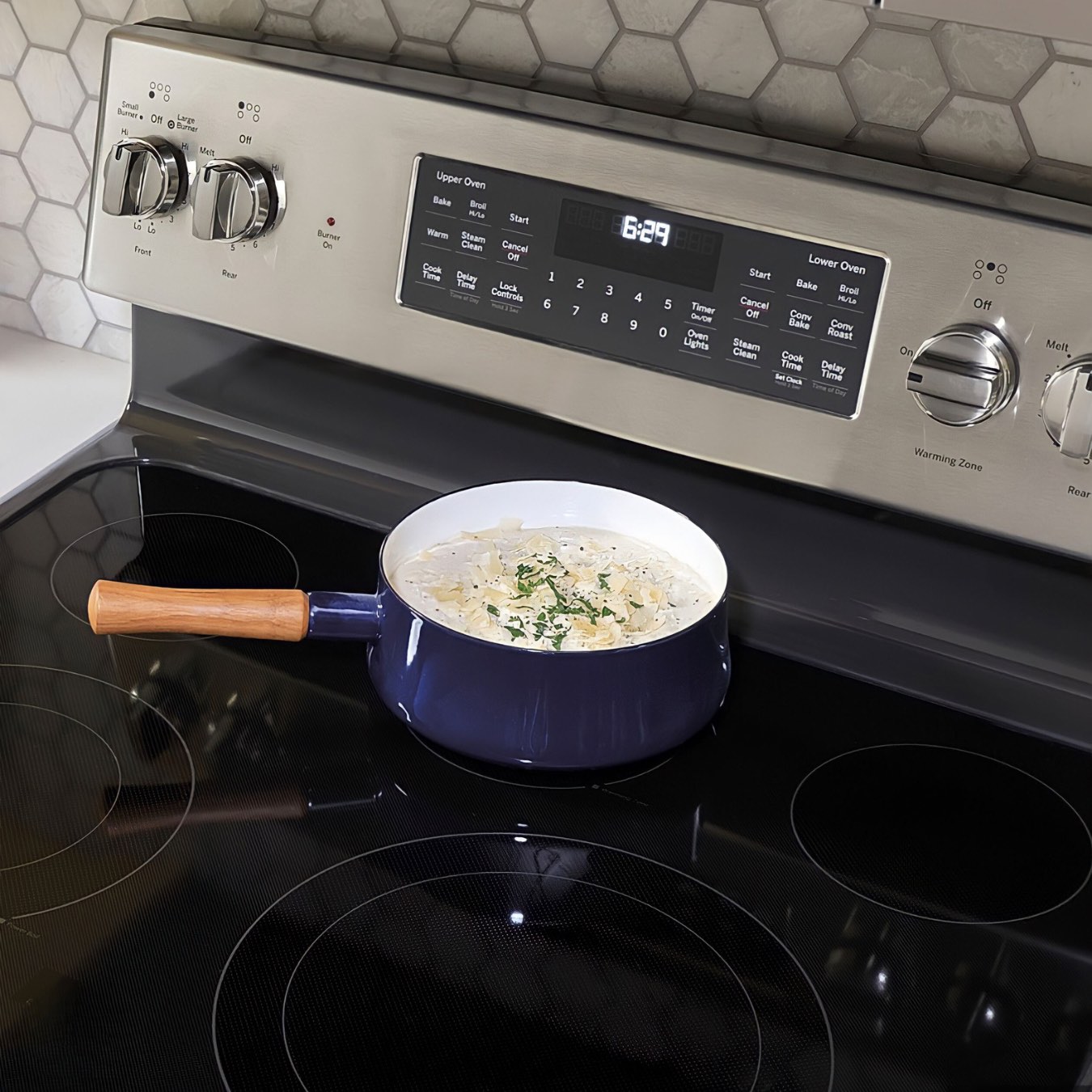
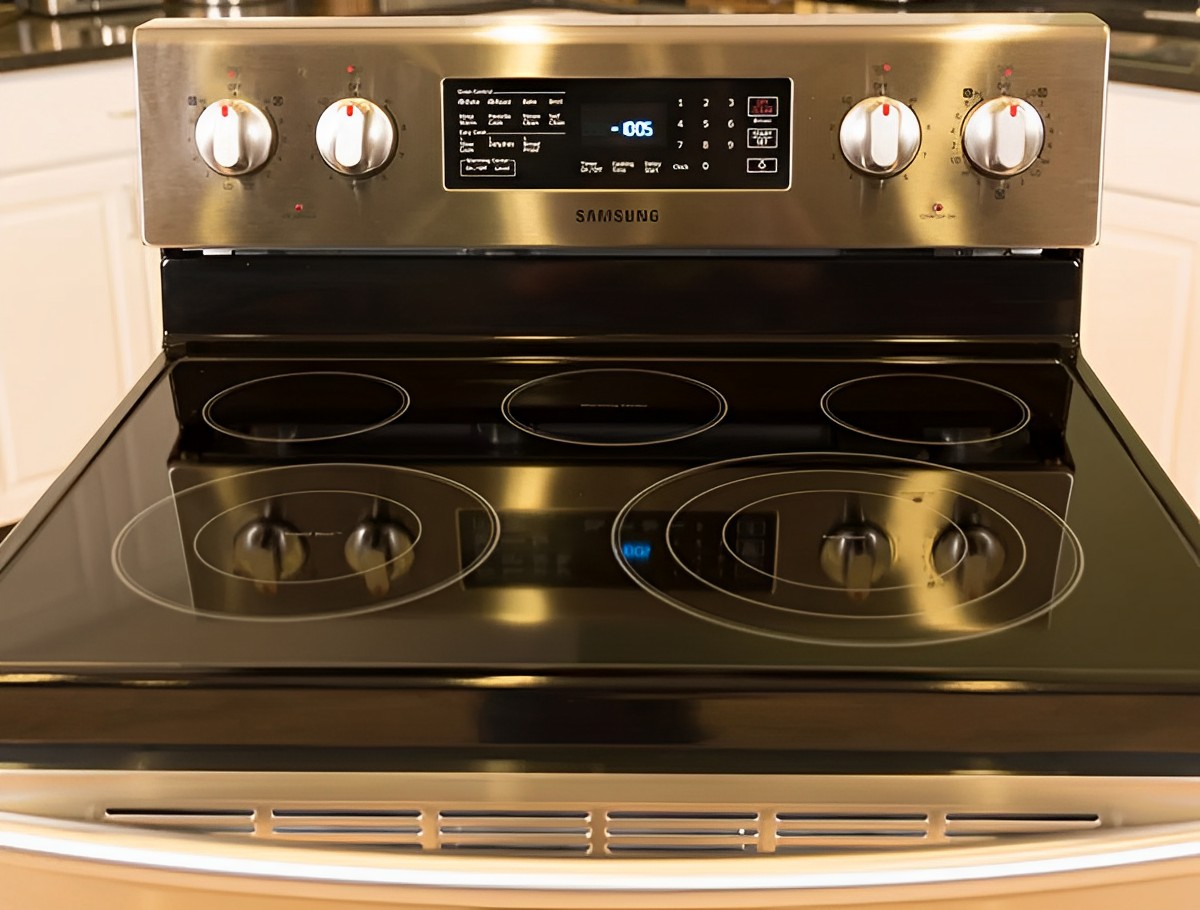
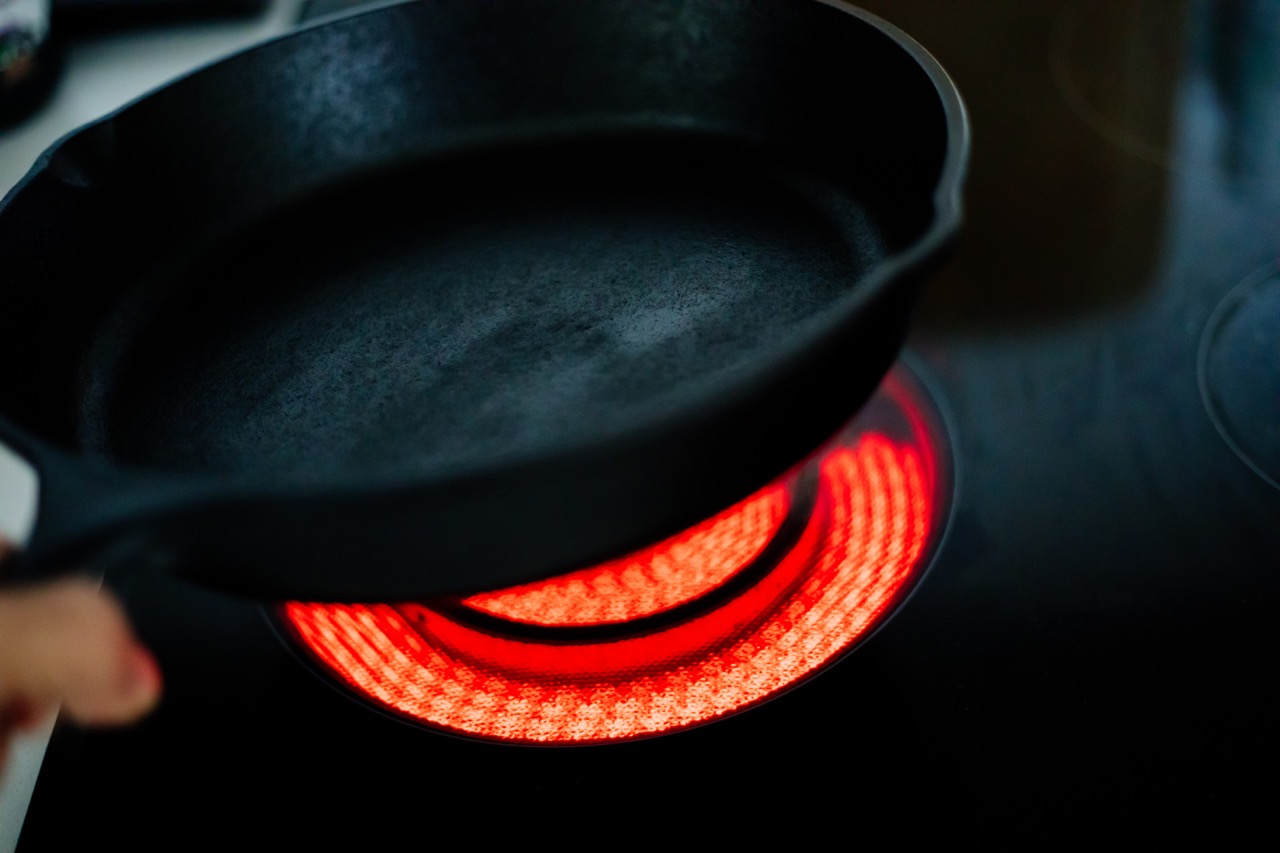
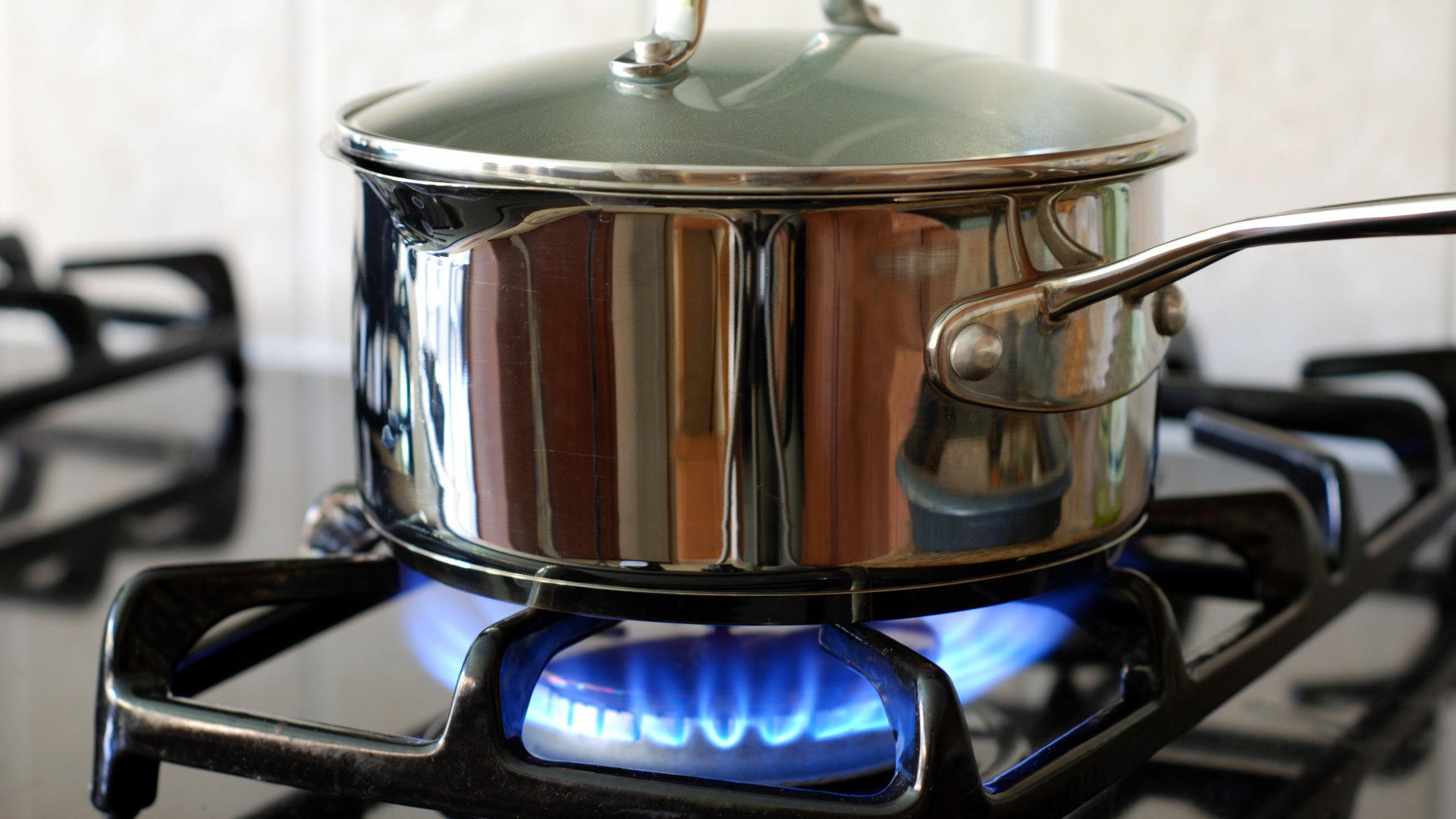
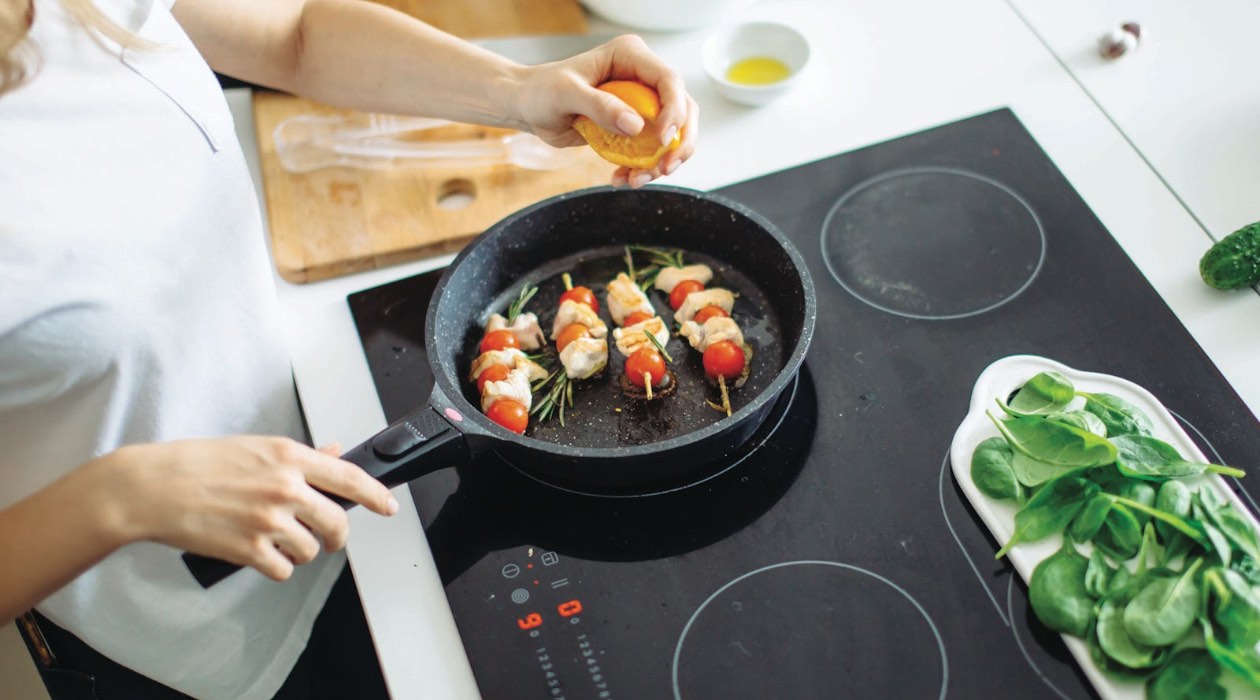
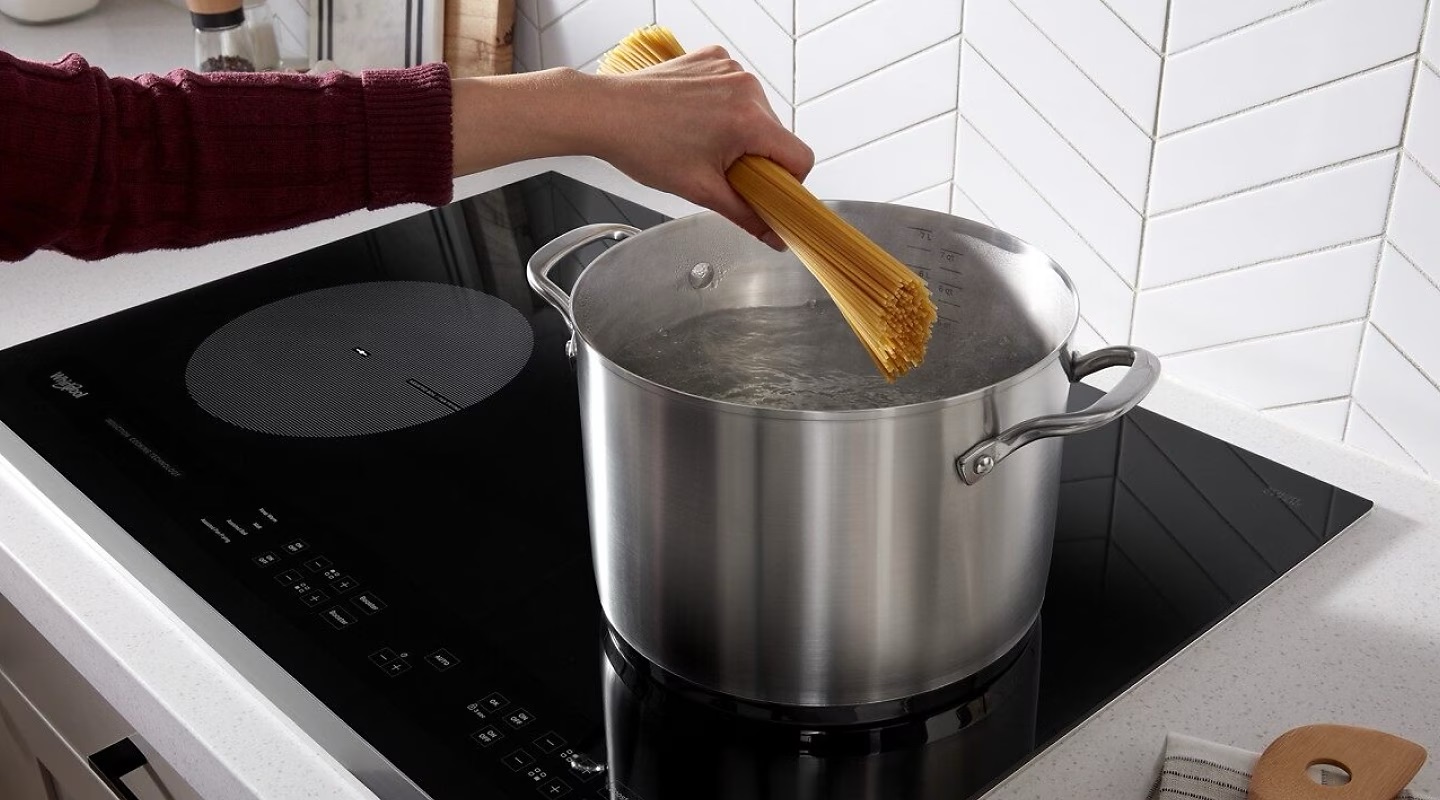
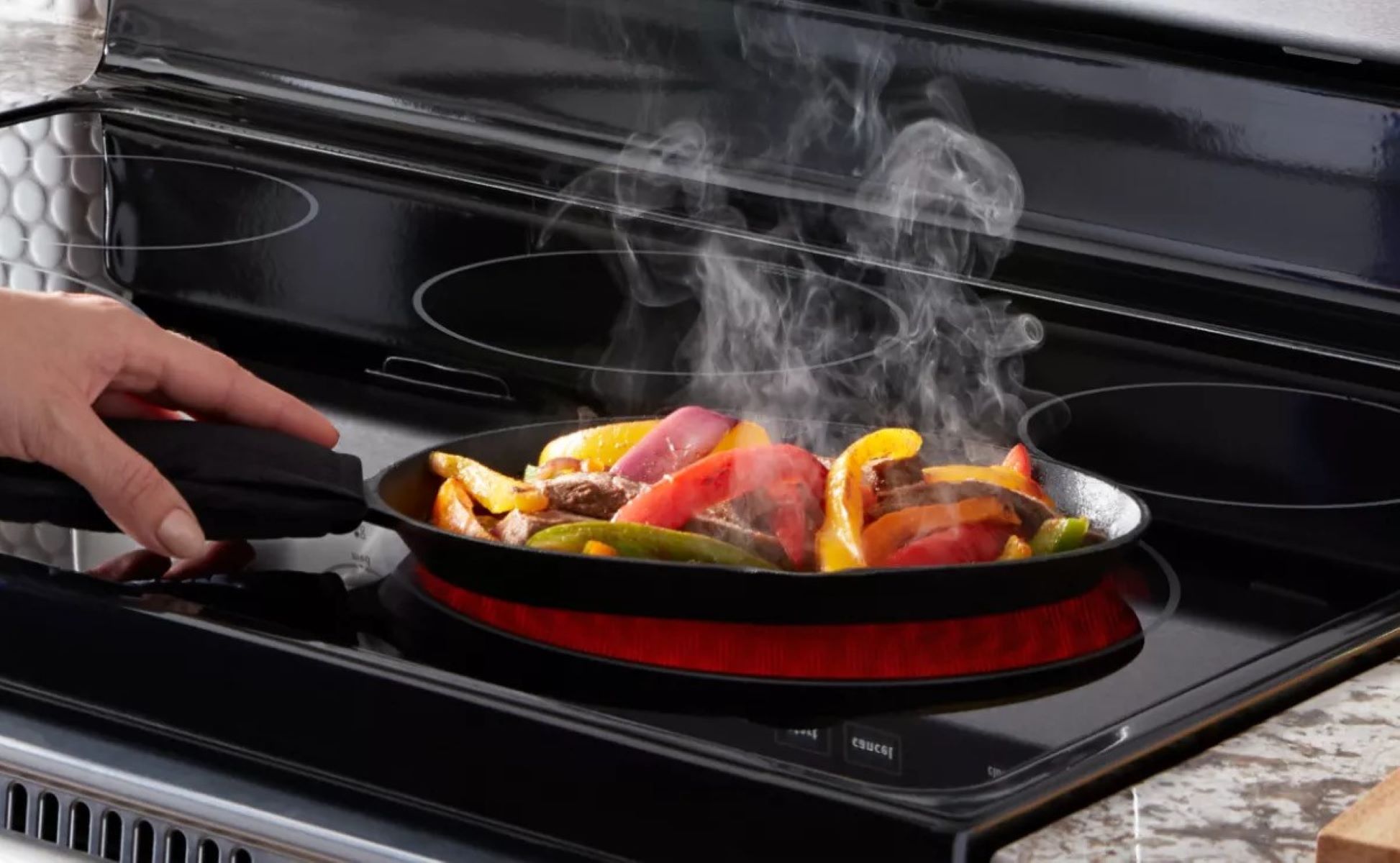
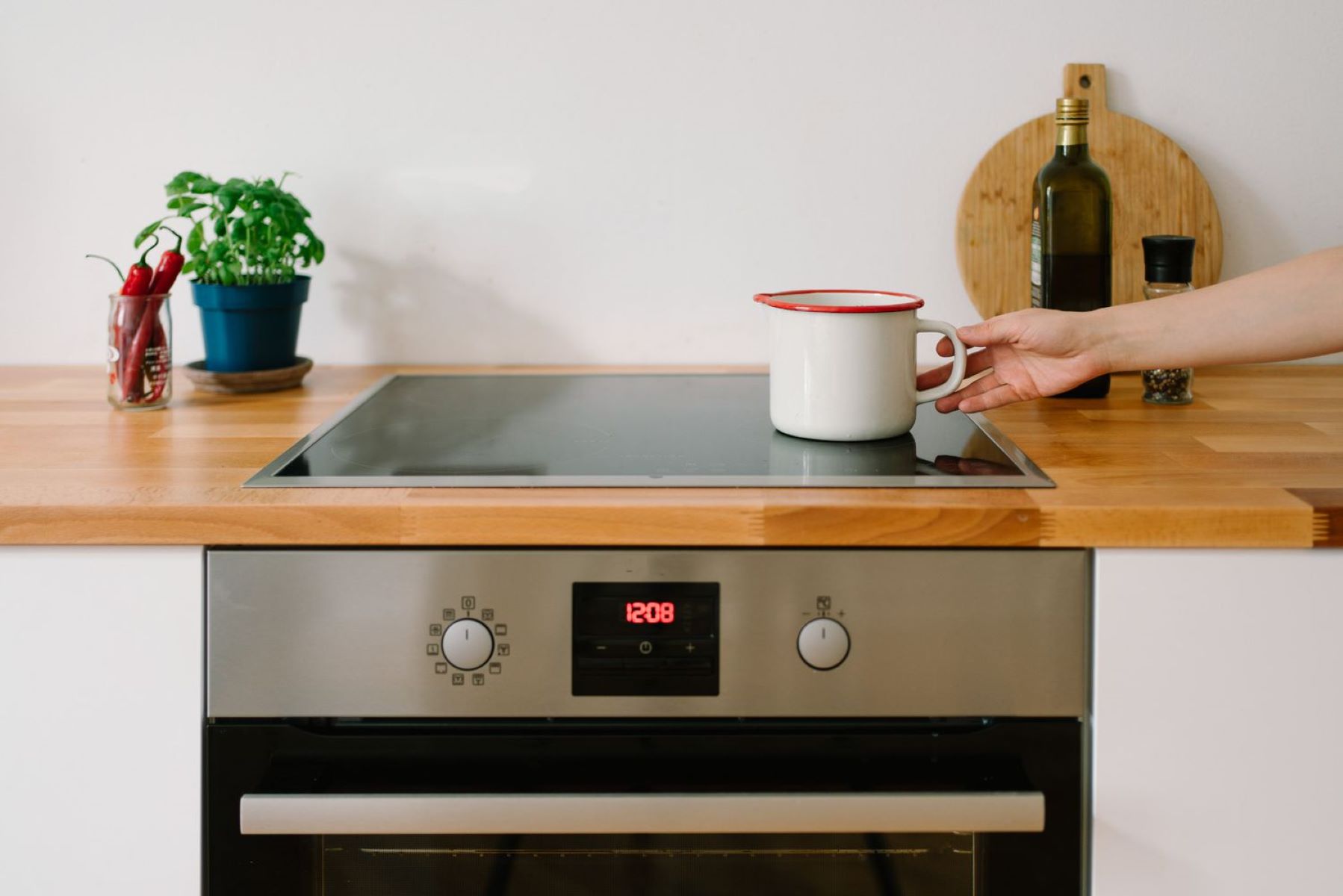
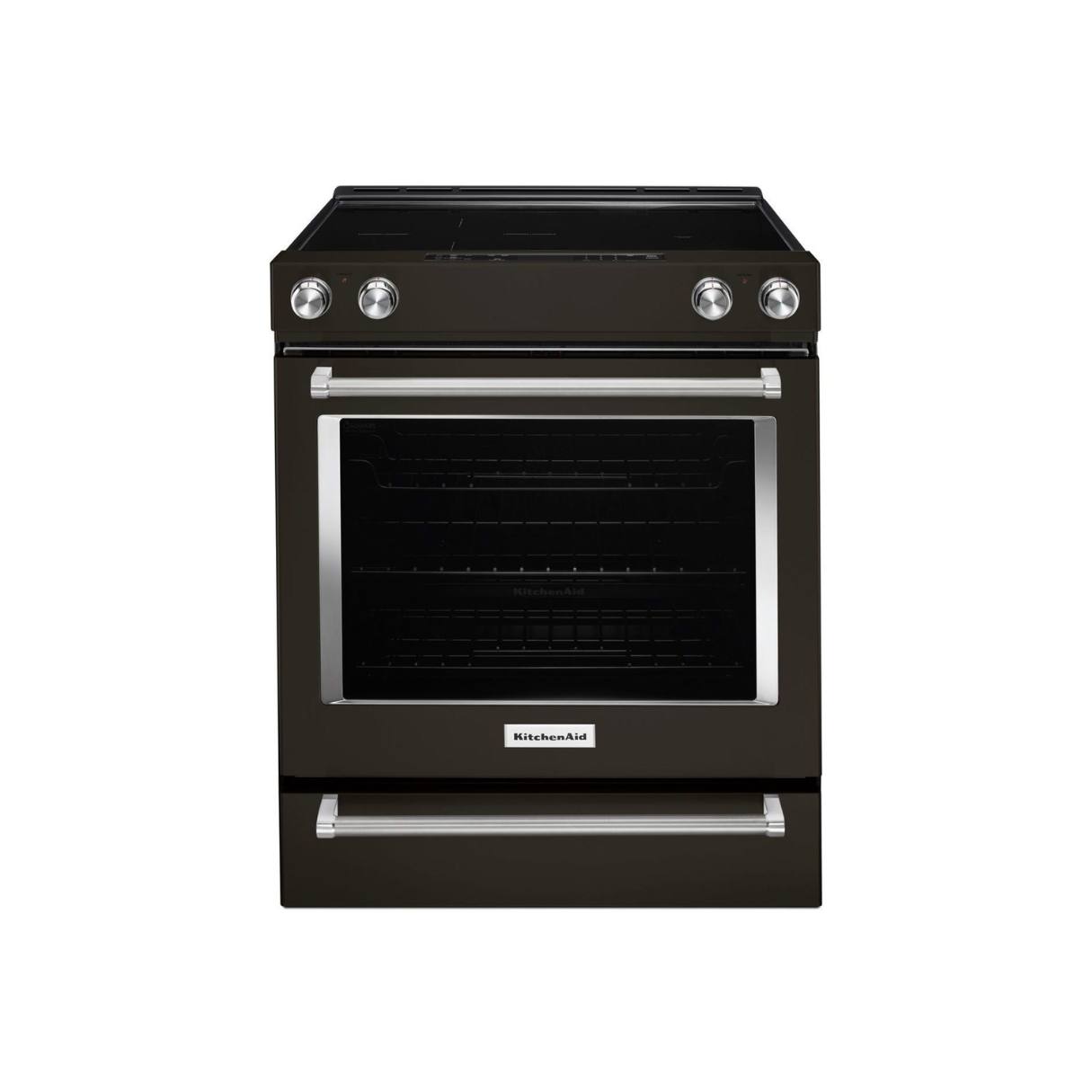
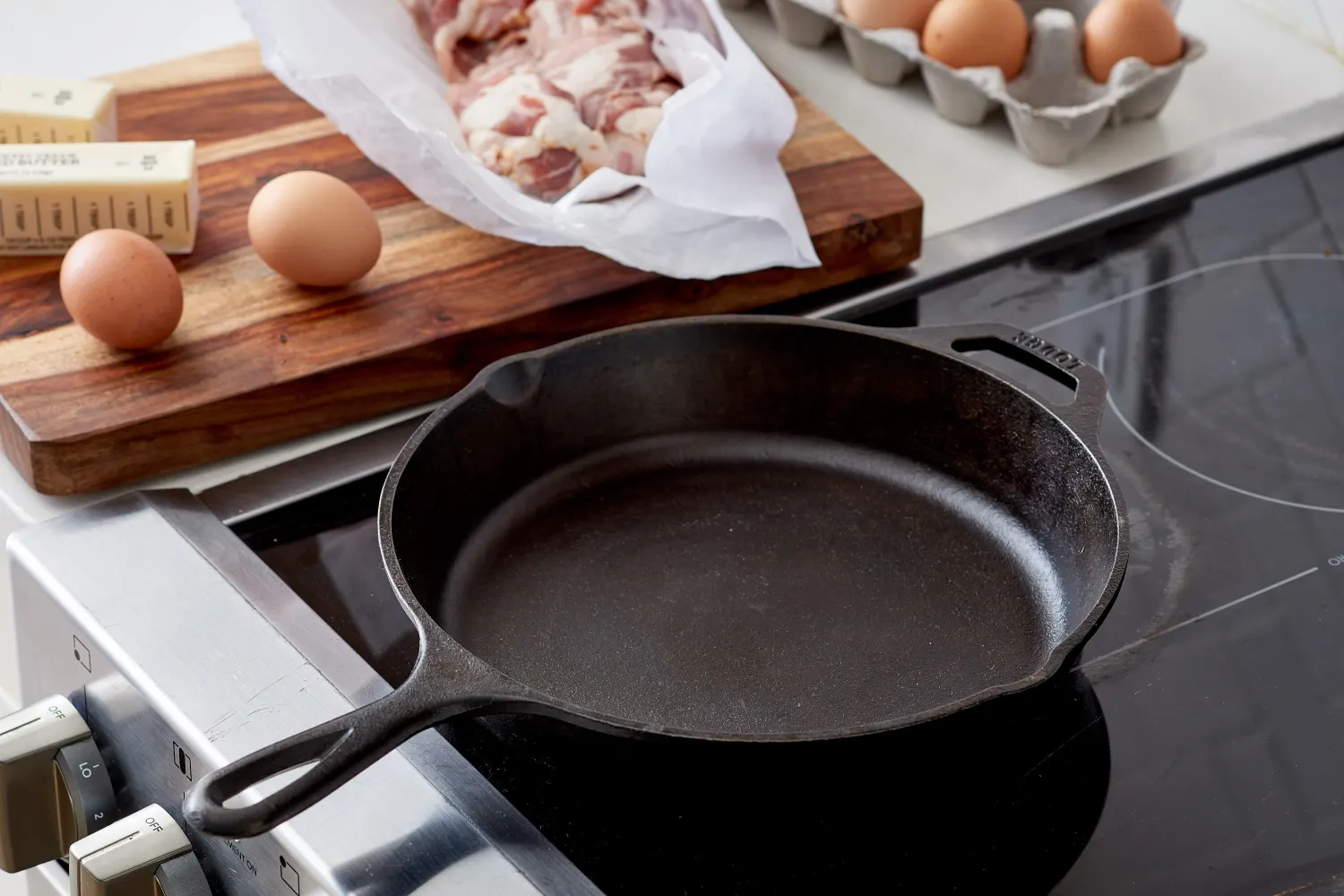
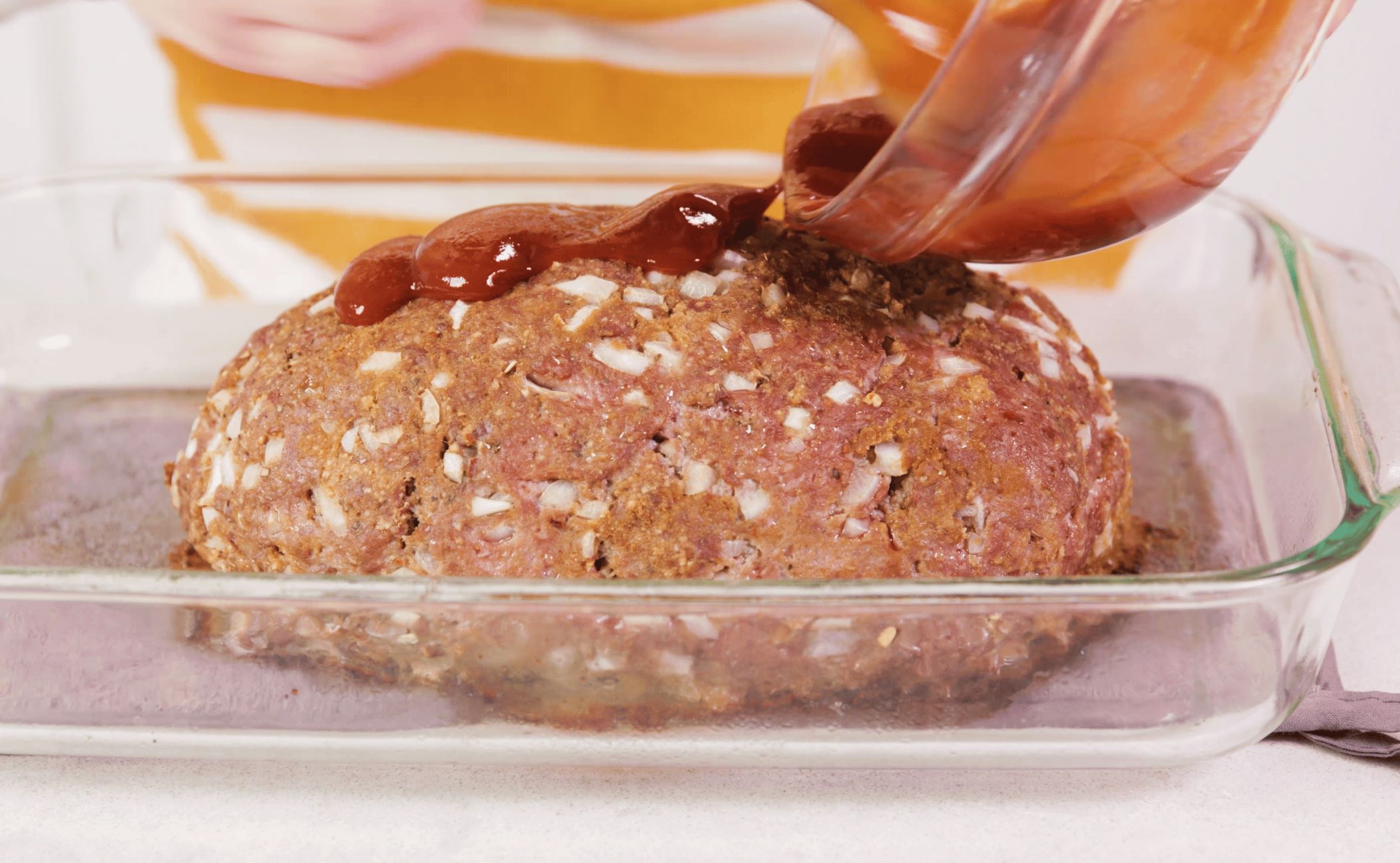

0 thoughts on “What Pans To Use On A Glass Top Stove”